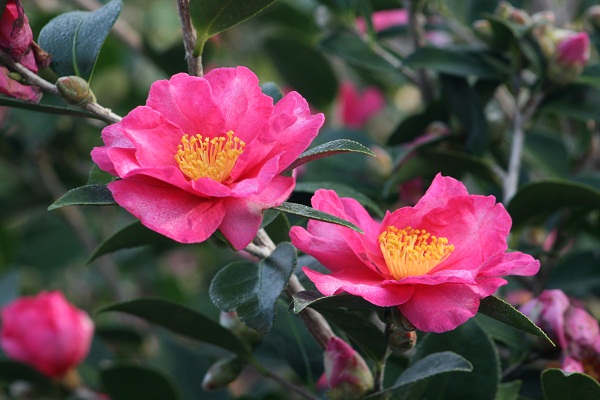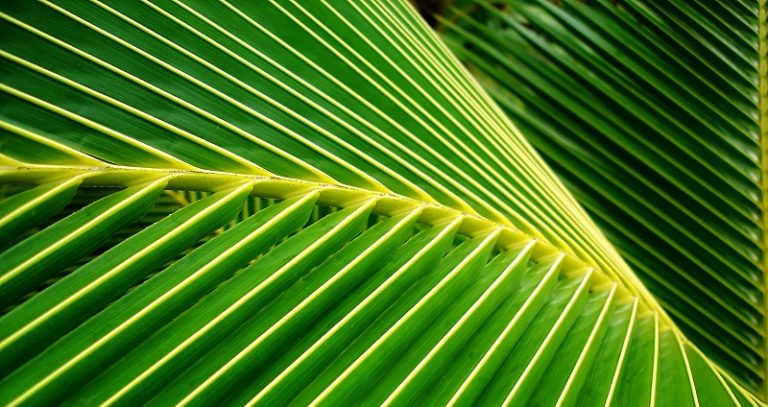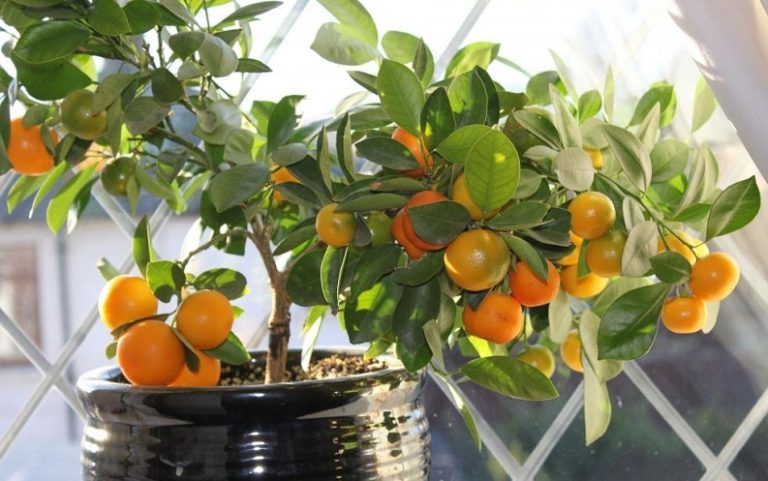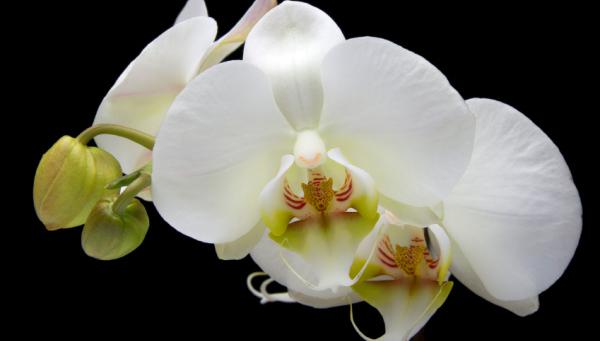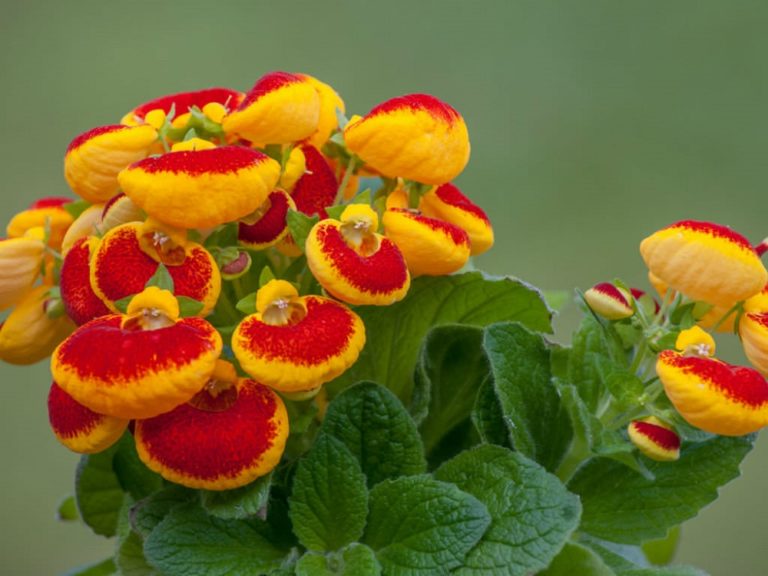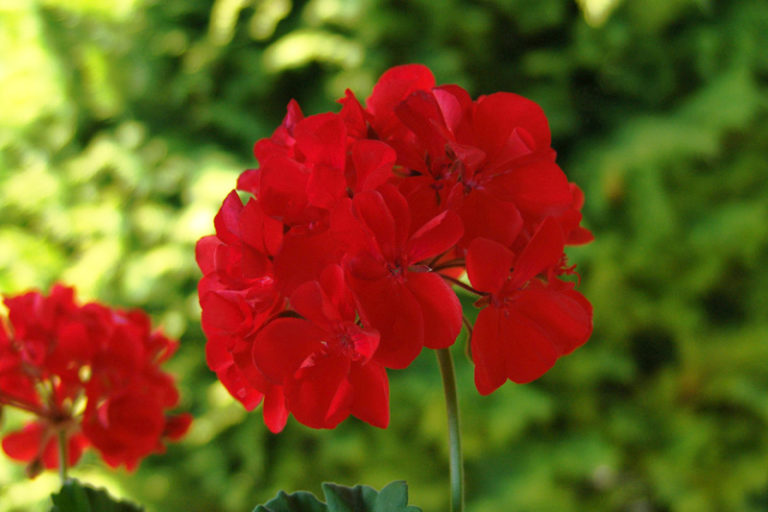Camellia: care and reproduction
Camellia is a plant that impresses with its original flower shape, it is also called the “queen” of indoor plants.
But, unfortunately, camellia is considered a very capricious plant in uncomfortable conditions for it, it is difficult to care for it. But if you create the right conditions, it will grow and bloom every year. Camellia prefers cool, fresh air conditions. If you follow all the recommendations listed below, the camellia will be easy to care for.
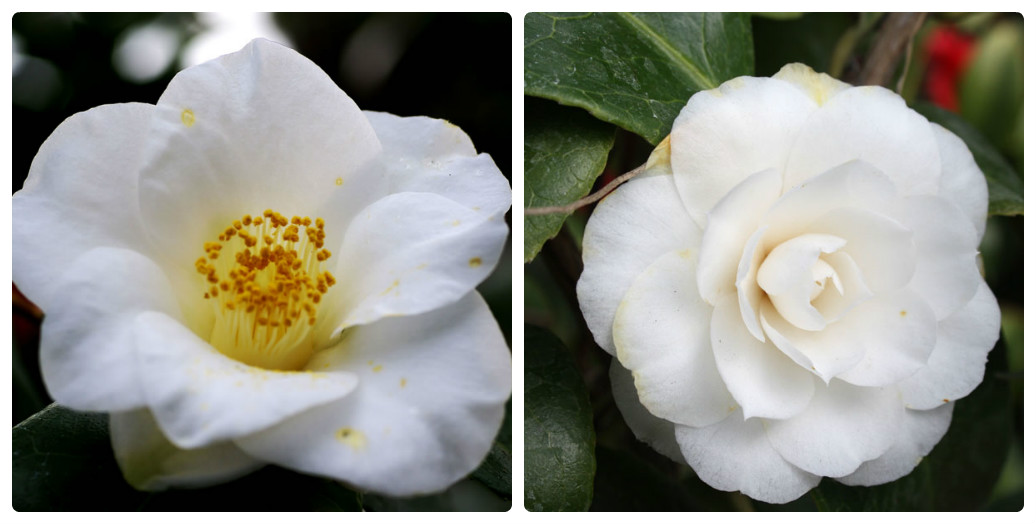
Light brightness for camellia
Camellia needs bright, diffused light. It must be shaded from direct sunlight. The east and west windows of the room are most suitable. During the process of bud formation, the plant should never be returned or transferred to another place. If you disturb this capricious plant, it will shed all its buds and will not bloom.
In the spring-autumn period, camellia can be taken out into the open air in shady places (under a tree).
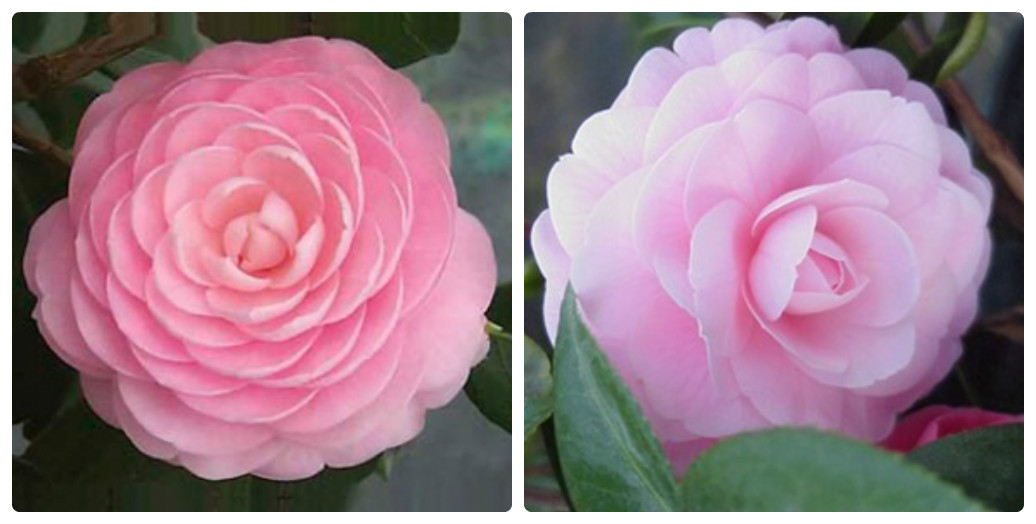
Air temperature for camellia
For the proper development of camellia, the air temperature must be different during the annual cycle of the plant. During the period when camellia buds are laid, and during flowering, the most comfortable temperature is 15-17 ° C; with the onset of cold weather and in winter (November-January), it is recommended to lower this temperature to 12 ° C. It is worth noting that with a decrease in temperature, it is worth reducing watering, but not allowing the soil to dry out. In the spring-summer period, the air temperature for camellia should be 20-25 ° C

Watering and humidity for camellia
Water for watering camellias should be soft and warm, watered abundantly and regularly, not allowing the soil to dry out completely and dry out. At the beginning of budding, watering should be reduced. Camellia does not tolerate overflow, especially in winter. When pouring, the soil of the camellia may turn sour and the leaves will turn brown, and if the soil dries out, the leaves may fall off.
The air humidity should be high enough, spray the camellia daily with settled water (2 times a day). How to increase air humidity? When spraying, try not to get on the flowers.
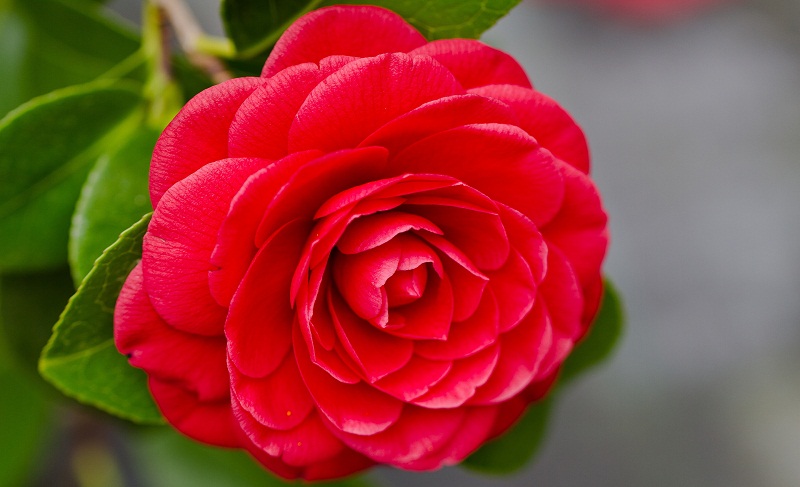
Fertilizer for camellia
From the period of active growth until the end of July, feed the camellia every 7 days, use complex mineral fertilizers for flowering plants, and fertilizer for roses is also suitable (following the instructions on the package). During the budding period, top dressing stops. In addition, it must be remembered that the concentration of the fertilizer solution for camellia should be three times lower than indicated in the instructions ( 1 gram per liter of water).
Transplanting and soil for camellia
Young camellias are transplanted every year, and those plants that bloom every year should be transplanted once every 2 years, by transshipment. The best time to transplant camellias is spring. Acidic soil (pH 4.5-5) is suitable for camellias. The composition of the soil should include: sod, peat, leafy soil with the addition of sand (1:2:2:1). Those camellias that grow in large pots are rarely transplanted, but annually it is necessary to replace the top layer of the earth and do not forget about top dressing. When transplanting, do not forget about the drain hole and drainage.
Camellia pruning
In the spring, pinch the upper shoots of the camellia so that the crown of the plant is lush.
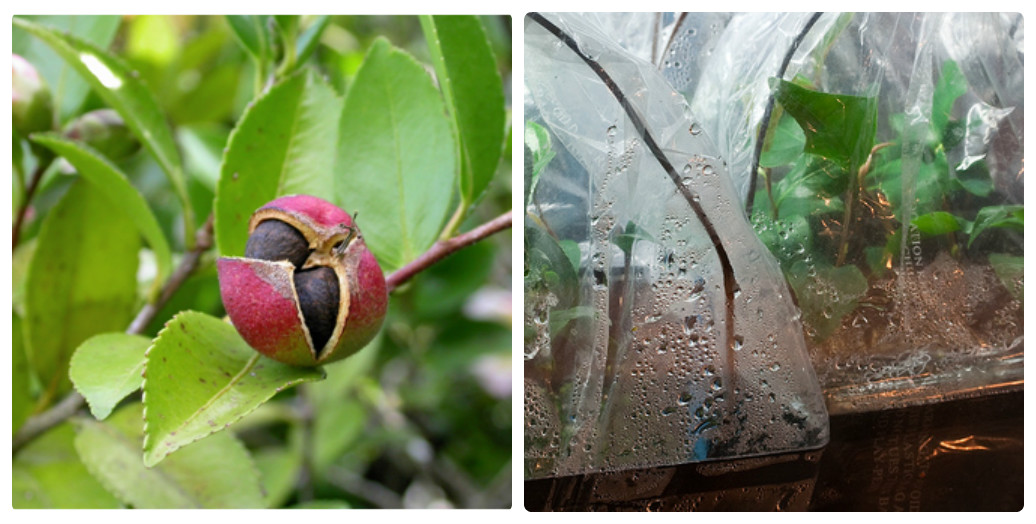
Camellia propagation
Camellia propagates by seeds, cuttings, air layering and grafting.
Ornamental camellias are more often propagated by apical cuttings: 6-8 cm long at a temperature of at least + 20-+24 ° C in January or July. Cuttings take root within 50-60 days (especially summer ones). Caring for cuttings consists of watering and spraying. Rooted cuttings are planted in small (7 cm in diameter) pots. Use the same soil for propagation as for transplanting.
In the third year, young plants are transferred to 11 – 14 cm pots. The earthen mixture consists of sod, peat, leafy and heather soil with the addition of sand (2:2:2:2:1).
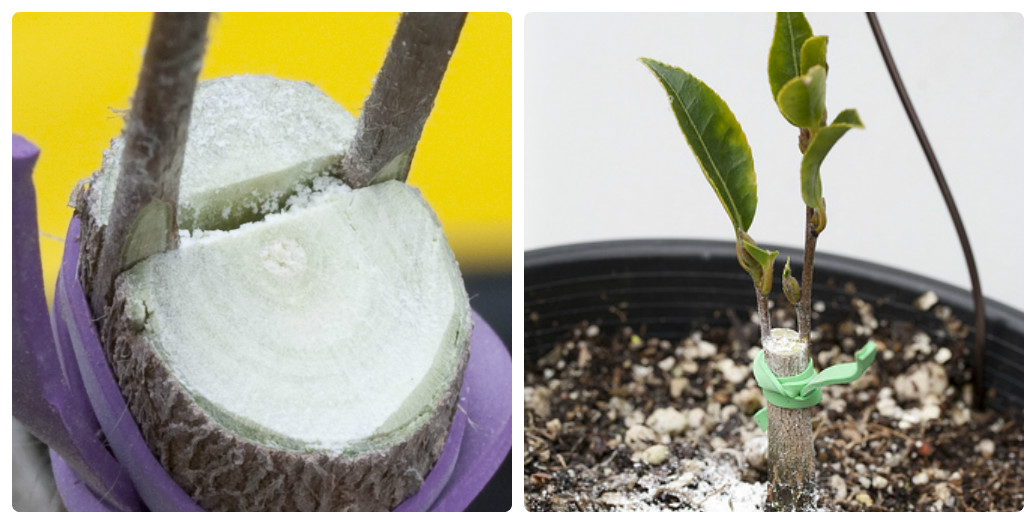
Pests and diseases
Pests that can attack camellias are spider mites and scale insects.
Diseases in camellias occur with improper care.
The main reasons for improper care are: low humidity, high air temperature, soil that is not suitable for the plant.
If the camellia sheds its leaves – overdrying of the soil; leaves turn brown, and buds fall off – excessive watering, which caused acidification of the soil; brown spots appear on the leaves – sunburn.

